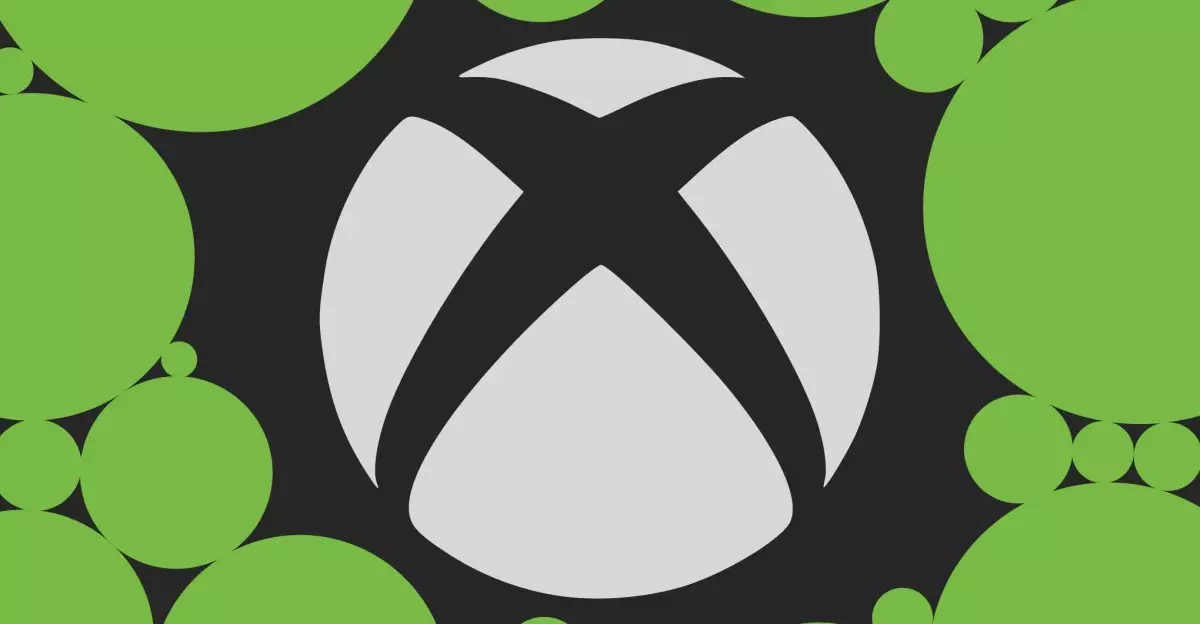As gaming continues to evolve at an unprecedented pace, the financial implications of this transformation have never been more important. Recently, Microsoft announced a significant price hike across its gaming hardware and software that will reshape consumer choices this holiday season. First-party Xbox games are set to soar from $69.99 to $79.99, an increase that mirrors the pricing dynamics observed in the gaming industry. The increase raises several eyebrows about the value proposition provided to gamers, particularly in a competitive landscape where every dollar counts.
Raising the Stakes: Console Pricing Surge
With prices rising for the Xbox Series X, Series S, and associated peripherals, consumers may question if Microsoft is outpacing its rivals in the value department. The Xbox Series S (512GB) is witnessing an astonishing $80 increase from $299.99 to $379.99, while the flagship Series X rises a measly $100 from $499.99 to $599.99. These adjustments are not merely numbers on a page; they represent a profound change in how the gaming giant endorses its products. Similar hikes extend to accessories, wherein the price of controllers and headsets has seen adjustments that could deter some budget-conscious gamers from adding to their collections.
What’s particularly noteworthy is how this marks a burgeoning trend among gaming giants. Just earlier this month, Sony announced price increases for its PlayStation 5 consoles in Europe and the UK, suggesting a sector-wide shift where gamers are increasingly asked to shoulder the burden of rising costs. This trend raises the question: Are these increased prices supported by tangible improvements or innovations, or are they merely a reflection of broader economic pressures facing the industry?
Xbox Game Pass: A Safe Haven?
On the flip side of Microsoft’s pricing schema is the surprising announcement that Xbox Game Pass pricing will remain unchanged. This decision can be viewed through two prisms: as a welcome respite for gamers seeking value, or as a strategic play to attract and retain subscribers amid rising game prices. The Game Pass model has garnered praise for its extensive library, allowing users access to a vast array of games for a flat monthly fee. Even with the new first-party titles set to push prices higher, maintaining the same Game Pass price may serve as a lifeline for gamers grappling with the financial impact of purchasing new titles.
However, one must wonder if this move will eventually prove sustainable. With Microsoft investing heavily into developing Game Pass and enhancing its offerings, will they continue to absorb the costs, or are we nearing a tipping point where even subscription services will see their prices surge?
The Psychological Impact on Consumers
Price increases always conjure varied reactions, but in an industry revered for its community aspect, Microsoft’s moves may well evoke more than just grumbling. The pricing strategy appears aggressive and could lead to a sense of disillusionment among loyal customers. The recommendation hints at an underlying belief that gamers have enough loyalty and passion to endure these hikes without significantly changing their buying habits—a gamble that may not pay off if players feel increasingly taken for granted. The perception of gaming as a value-driven experience could lead to detrimental effects on Microsoft’s user engagement and satisfaction.
Competitors and the Craft of Value
As Microsoft shifts its pricing, it inadvertently sets the stage for active competition among rival platforms. Companies like Sony and Nintendo will not only monitor this price surge but will also decide how to react. Will they follow suit or remain competitive by sticking to their price points? The customer loyalty that these brands enjoy hinges upon perceived value, and right now, customers may feel like they are being pushed further away from gaming’s affordable heart.
The market is rife with opportunity for innovative thinkers to redefine how value is communicated within the industry. A push for enhanced features, content accessibility, or any other engaging interactive experiences could likely sway players back into the fold, especially now that price sensitivity has become a litmus test for what gamers will tolerate.
The upcoming months promise to be revealing as players navigate these adjustments and developers reevaluate their strategies. The crux of the matter lies in Microsoft’s ability to maintain loyalty and encourage continued spending, all while ensuring that the user experience remains satisfying amidst rising costs.


Leave a Reply